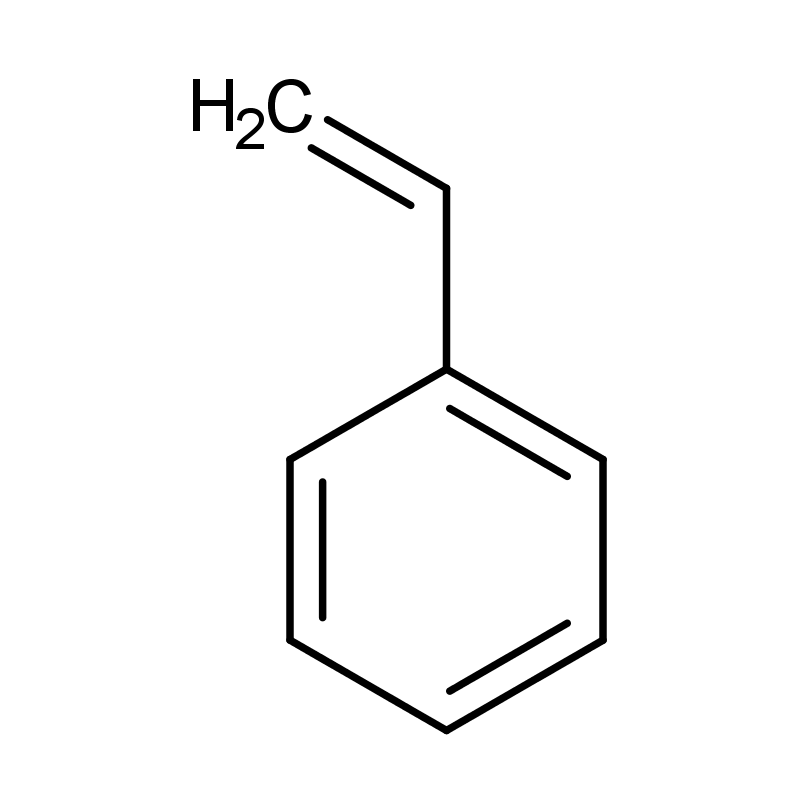-
Categories
-
Pharmaceutical Intermediates
-
Active Pharmaceutical Ingredients
-
Food Additives
- Industrial Coatings
- Agrochemicals
- Dyes and Pigments
- Surfactant
- Flavors and Fragrances
- Chemical Reagents
- Catalyst and Auxiliary
- Natural Products
- Inorganic Chemistry
-
Organic Chemistry
-
Biochemical Engineering
- Analytical Chemistry
-
Cosmetic Ingredient
- Water Treatment Chemical
-
Pharmaceutical Intermediates
Promotion
ECHEMI Mall
Wholesale
Weekly Price
Exhibition
News
-
Trade Service
Some time ago, Nike released the latest color of Air VaporMax 2020, the color of "Oatmeal" oatmeal shoes.
The surface of the shoes is made of polyester and processed from discarded plastic beverage bottles
.
Some time ago, Nike released the latest color of Air VaporMax 2020, the color of "Oatmeal" oatmeal shoes.
The surface of the shoes is made of polyester and processed from discarded plastic beverage bottles
.
One of the Nike air cushion shoes Airmax2070
It is understood that 95% of the woven upper is from marine plastics, and the remaining 5% is recycled polyester
.
From "one of the greatest inventions of mankind" to the world calling for restrictions on its use, the development of plastics has not been more than a hundred years.
However, waste plastics have become "white pollution" that urgently needs to be treated
.
Waste plastic disposal in China in 2019
Waste plastics come from a wide range of sources, mainly PET polyester (mainly mineral water bottles, cooking oil bottles, etc.
), PE polyethylene (juice beverage bottles, detergent containers, etc.
), PVC polyvinyl chloride (doors, windows, pipes, etc.
), PP polypropylene ( pots, buckets, vegetable baskets, etc.
), PS polystyrene (lamps, foam plastic, etc.
), ABS plastic (sheets, masks, etc.
),
etc.
The proportion of waste plastic recycling in various industries in China
Among waste plastics, PET plastic bottles have the highest recycling rate, and the recycling industry chain is relatively mature
.
Large shoe, apparel and restaurant companies such as Nike, Coca-Cola and H&M are increasing their plastic recycling levels
.
The oversized carpet used for the 70th National Day celebration was made by recycling waste products, consuming about 400,000 waste mineral water bottles
.
One of the Nike air cushion shoes Airmax2070
It is understood that 95% of the woven upper is from marine plastics, and the remaining 5% is recycled polyester
.
Not only that, the insoles, tongues, shoelaces, etc.
are also processed from recycled plastic waste
.
To manufacture such shoes, an average of 11 plastic bottles are used per pair of shoes
.
Since then, Adidas has launched two other shoes, which are 1 million pairs of shoes, and recycled shoes with at least 11 million recycled plastic bottles
.
From "one of the greatest inventions of mankind" to the world calling for restrictions on its use, the development of plastics has not been more than a hundred years.
However, waste plastics have become "white pollution" that urgently needs to be treated
.
Data show that in 2019, the output of waste plastics in China reached 63 million tons
.
Among these indicators, 20.
16 million tons were landfilled, accounting for 32%; 19.
53 million tons were incinerated, accounting for 31%; 4.
41 million tons were discarded, accounting for 7%; and 18.
9 million tons were recycled, while the total recycling rate of plastics was only 30%
.
From 2015 to 2019, the total recycling volume of waste plastics in China remained at around 18 million tons, showing a fluctuating upward trend overall
.
In 2018, the recoverable value was 100 billion yuan
.
One of the Nike air cushion shoes Airmax2070
It is understood that 95% of the woven upper is from marine plastics, and the remaining 5% is recycled polyester
.
Not only that, the insoles, tongues, shoelaces, etc.
are also processed from recycled plastic waste
.
To manufacture such shoes, an average of 11 plastic bottles are used per pair of shoes
.
Since then, Adidas has launched two other shoes, which are 1 million pairs of shoes, and recycled shoes with at least 11 million recycled plastic bottles
.
From "one of the greatest inventions of mankind" to the world calling for restrictions on its use, the development of plastics has not been more than a hundred years.
However, waste plastics have become "white pollution" that urgently needs to be treated
.
Data show that in 2019, the output of waste plastics in China reached 63 million tons
.
Among these indicators, 20.
16 million tons were landfilled, accounting for 32%; 19.
53 million tons were incinerated, accounting for 31%; 4.
41 million tons were discarded, accounting for 7%; and 18.
9 million tons were recycled, while the total recycling rate of plastics was only 30%
.
From 2015 to 2019, the total recycling volume of waste plastics in China remained at around 18 million tons, showing a fluctuating upward trend overall
.
In 2018, the recoverable value was 100 billion yuan
.
Waste plastic disposal in China in 2019
Waste plastics come from a wide range of sources, mainly PET polyester (mainly mineral water bottles, cooking oil bottles, etc.
), PE polyethylene (juice beverage bottles, detergent containers, etc.
), PVC polyvinyl chloride (doors, windows, pipes, etc.
), PP polypropylene ( pots, buckets, vegetable baskets, etc.
), PS polystyrene (lamps, foam plastic, etc.
), ABS plastic (sheets, masks, etc.
),
etc.
Waste plastic disposal in China in 2019
Waste plastics come from a wide range of sources, mainly PET polyester (mainly mineral water bottles, cooking oil bottles, etc.
), PE polyethylene (juice beverage bottles, detergent containers, etc.
), PVC polyvinyl chloride (doors, windows, pipes, etc.
), PP polypropylene ( pots, buckets, vegetable baskets, etc.
), PS polystyrene (lamps, foam plastic, etc.
), ABS plastic (sheets, masks, etc.
),
etc.
The proportion of waste plastic recycling in various industries in China
Among waste plastics, PET plastic bottles have the highest recycling rate, and the recycling industry chain is relatively mature
.
Polyester plastic bottles go through front-end crushing, sorting, separation, melt spinning and regenerated fibers, and then enter the textile manufacturing industry to complete the social cycle
.
Demand for recycled PET is brewing
.
Data shows that the current high-end recycled PET market is growing at a rate of 100%, and the global PET market will reach 50 billion US dollars (about 328.
815 billion yuan) in the future
.
Large shoe, apparel and restaurant companies such as Nike, Coca-Cola and H&M are increasing their plastic recycling levels
.
In January 2019, McDonald's stopped actively supplying plastic straws and tested "strawless cup lids"; from April 22, 2019, Starbucks began to test the use of direct drinking cup lids with paper straws and stopped supplying plastic straws , and promises to roll it out globally by 2020
.
Fast food restaurants are increasingly using paper instead of plastic packaging
.
Asdas has announced that it will be fully using recycled polyester by 2024
.
The oversized carpet used for the 70th National Day celebration was made by recycling waste products, consuming about 400,000 waste mineral water bottles
.
According to industry insiders, in 2018, the demand for high-end recycled PET chips in the entire domestic industry was 20,000 tons, and the market supply capacity was about 30,000 tons, which were equivalent
.
In 2019, the market demand for this product is about 200,000 tons, the supply capacity is only 120,000 tons, and the gap is 80,000 tons
.
The high-end recycled PET industry is still in the developmental stage
.
Due to restrictions on waste imports and extensive domestic recycling systems, raw materials for high-end recycled PET are still scarce
.
It is expected that the market demand for high-end recycled PET chips will reach 400,000 tons in 2020, and the gap in production capacity and supply may further widen
.
The proportion of waste plastic recycling in various industries in China
Among waste plastics, PET plastic bottles have the highest recycling rate, and the recycling industry chain is relatively mature
.
Polyester plastic bottles go through front-end crushing, sorting, separation, melt spinning and regenerated fibers, and then enter the textile manufacturing industry to complete the social cycle
.
Demand for recycled PET is brewing
.
Data shows that the current high-end recycled PET market is growing at a rate of 100%, and the global PET market will reach 50 billion US dollars (about 328.
815 billion yuan) in the future
.
Large shoe, apparel and restaurant companies such as Nike, Coca-Cola and H&M are increasing their plastic recycling levels
.
In January 2019, McDonald's stopped actively supplying plastic straws and tested "strawless cup lids"; from April 22, 2019, Starbucks began to test the use of direct drinking cup lids with paper straws and stopped supplying plastic straws , and promises to roll it out globally by 2020
.
Fast food restaurants are increasingly using paper instead of plastic packaging
.
Asdas has announced that it will be fully using recycled polyester by 2024
.
The oversized carpet used for the 70th National Day celebration was made by recycling waste products, consuming about 400,000 waste mineral water bottles
.
According to industry insiders, in 2018, the demand for high-end recycled PET chips in the entire domestic industry was 20,000 tons, and the market supply capacity was about 30,000 tons, which were equivalent
.
In 2019, the market demand for this product is about 200,000 tons, the supply capacity is only 120,000 tons, and the gap is 80,000 tons
.
The high-end recycled PET industry is still in the developmental stage
.
Due to restrictions on waste imports and extensive domestic recycling systems, raw materials for high-end recycled PET are still scarce
.
It is expected that the market demand for high-end recycled PET chips will reach 400,000 tons in 2020, and the gap in production capacity and supply may further widen
.







